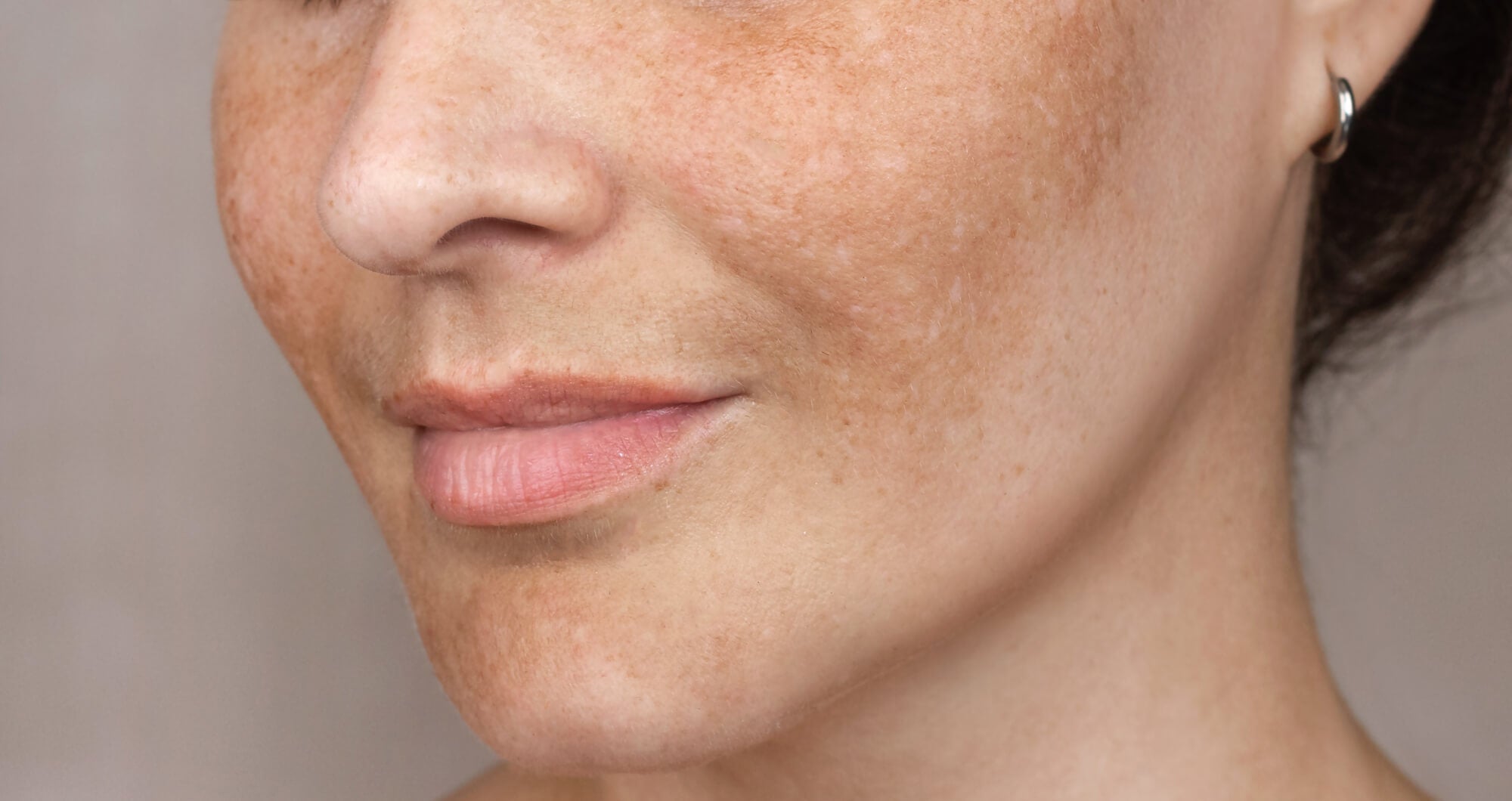
The Lowdown on Tranexamic Acid
By Lucia Ferrari
Glycolic Acid, Salicylic acid, Azelaic Acid – skincare buying these days sometimes feels like it demands a GCSE in chemistry. The plus side is some of these ingredients can be life-changing for some skin conditions. A point in case is Tranexamic Acid which is a standout ingredient for treating hyperpigmentation (dart spots) and melasma, the dark patches which can appear on the surface on the skin when you are pregnant and can really be a tricky problem to clear often worsening with exposure to UV and sunlight.
Traditionally, hydroquinone was the go-to ingredient used to effectively treat pigmentation, but it was often not tolerated well. Tranexamic acid on the other hand is tolerated well by nearly all skin types and is a much gentler route to effective skin brightening. I asked consultant dermatologist Dr Ophelia Veraitch for the lowdown on this ingredient.
What concerns does it mainly treat?
Tranexamic acid is used to treat all types of hyperpigmentation (dark spots) and melasma including pregnancy melasma. It is safe to use for all skin types and colours.
Can it treat existing pigmentation or is it used mainly to prevent future pigmentation developing?
Yes it can absolutely treat both existing pigmentation effectively and serums and creams containing the ingredient can help further pigmentation from developing.
How exactly does it work?
Tranexamic acid inhibits tyrosinase synthesis (this is the pigment producing process) in our melanocytes (the pigment-producing cells). Simultaneously, it also blocks the transfer of pigment from melanocytes to keratinocytes (the keratin-synthesising cells found in the outermost layer of the skin or epidermis). Tranexamic acid also has a calming anti-inflammatory effect on the skin and can help restore a disrupted skin barrier. So it’s a really helpful ingredient to know about.
How do you use it?
You can take it orally and / or apply it topically in serums and creams. It is essentially an ingredient which stops bleeding and orally, it was traditionally given to women with heavy periods to help lighten the flow. Dermatologists and doctors subsequently found the off-label use that if taken (at a much lower dose than the one given for heavy periods) during the summer months when UV exposure is at its peak, it can help prevent melasma and pigmentation worsening. I take it every summer usually from May to October and give it to lots of my Asian and Black patients who are prone to melasma especially if they are travelling to particularly sunny destinations on holiday.
Are there risks?
Yes, there is a small risk of blood clotting which must be explained to the patient. But at the very low dose it’s given for melasma prevention, the risk is minimal. It is nonetheless a risk, and I would only suggest it to patients who haven’t responded well to other treatments.
What about topically?
It can be effective when applied to the skin daily. In my range of skincare serums, I have a Hyperpigmentation Day Serum which contains it. My serums are bespoke and will include tranexamic acid at a higher (but obviously safer) and often more effective dose than many over the counter products. Plus, the dose will be tailored to the level your skin requires.
Will It make my skin more sun sensitive?
Absolutely not. And this is one of the reasons this ingredient is so popular in Asia and India. However, it is of course still imperative you use a SPF.
What else can be done for melasma and hyperpigmentation?
The most important consideration is that you must wear a physical SPF every day. In the summer months, anyone with pigmentation should choose a physical sunscreen which is an ingredient like titanium dioxide. Some of the newer nano SPF ingredients may be super lightweight and have beautiful textures but they may not offer sufficient protection. It’s also very important to note that conditions like melasma and hyperpigmentation are complex and can be tricky to successfully treat and it’s a case of continually managing them. Visit a consultant dermatologist who will take a full medical history to assess what’s causing it and what is exacerbating it. They will take into consideration things like hormones, inflammatory skin conditions such as eczema and allergies.
In clinic there are certain treatments which are effective such as the VI Precision Plus Peel which is a virtually pain-free chemical peel (with results that can last up to 2 years). This in clinic peels is a medium strength medical peel which can be used to help treat melasma and acne scarring. As well as lifting pigmentation, it will have an all-over brightening effect on the skin and can lessen the appearance of fine lines and pore size.
You can also treat melasma with a particular setting on the non-ablative Fraxel Dual laser. Both peels and laser must be followed with strict skincare regimes using tranexamic acid following treatment and of course continued use of SPF.
Shop Bestsellers



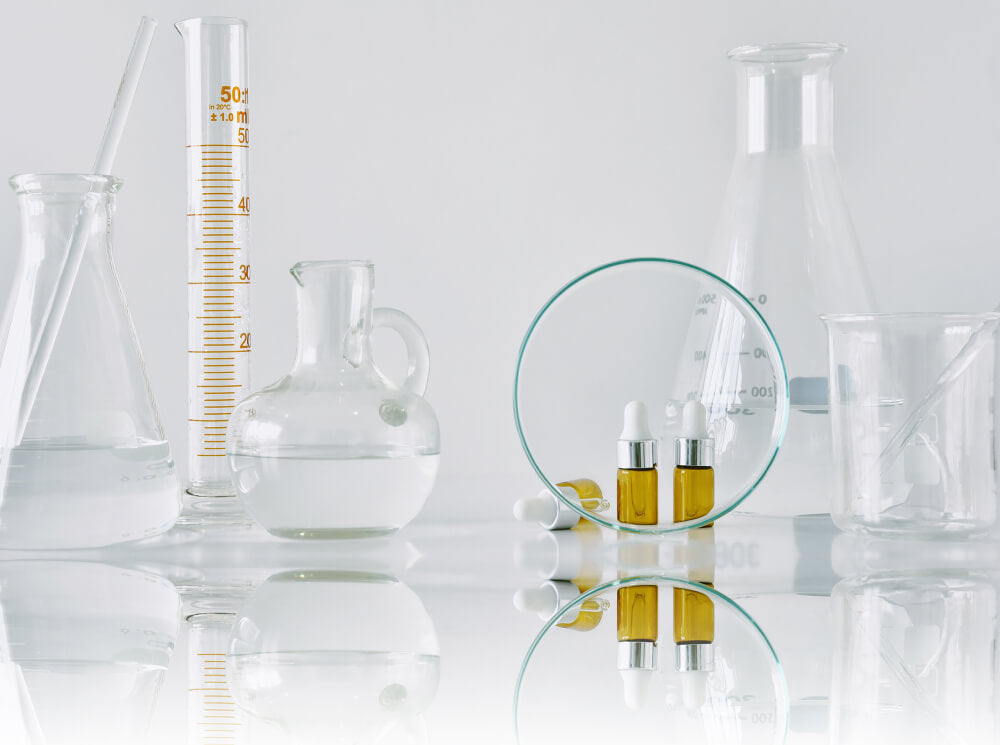


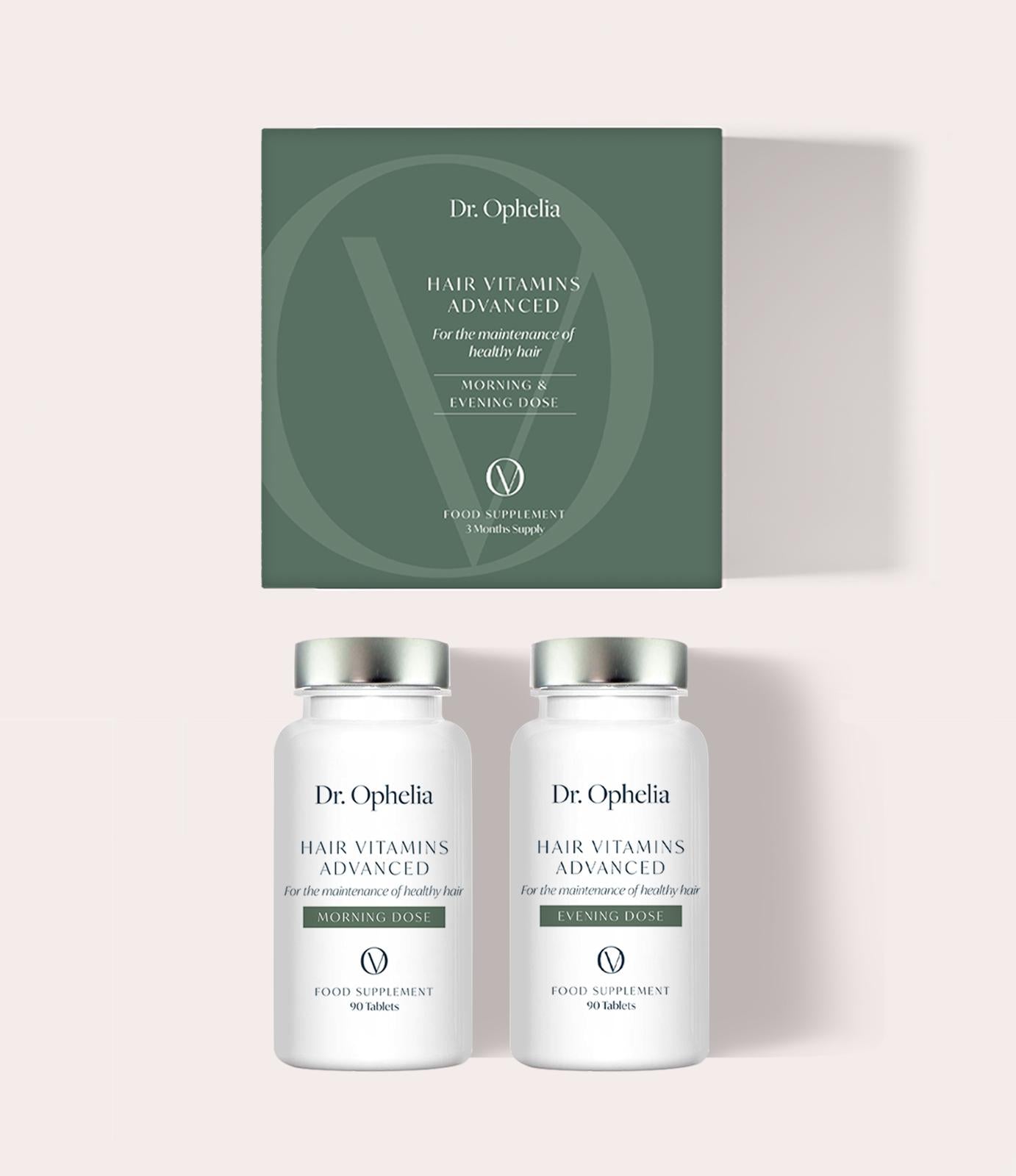
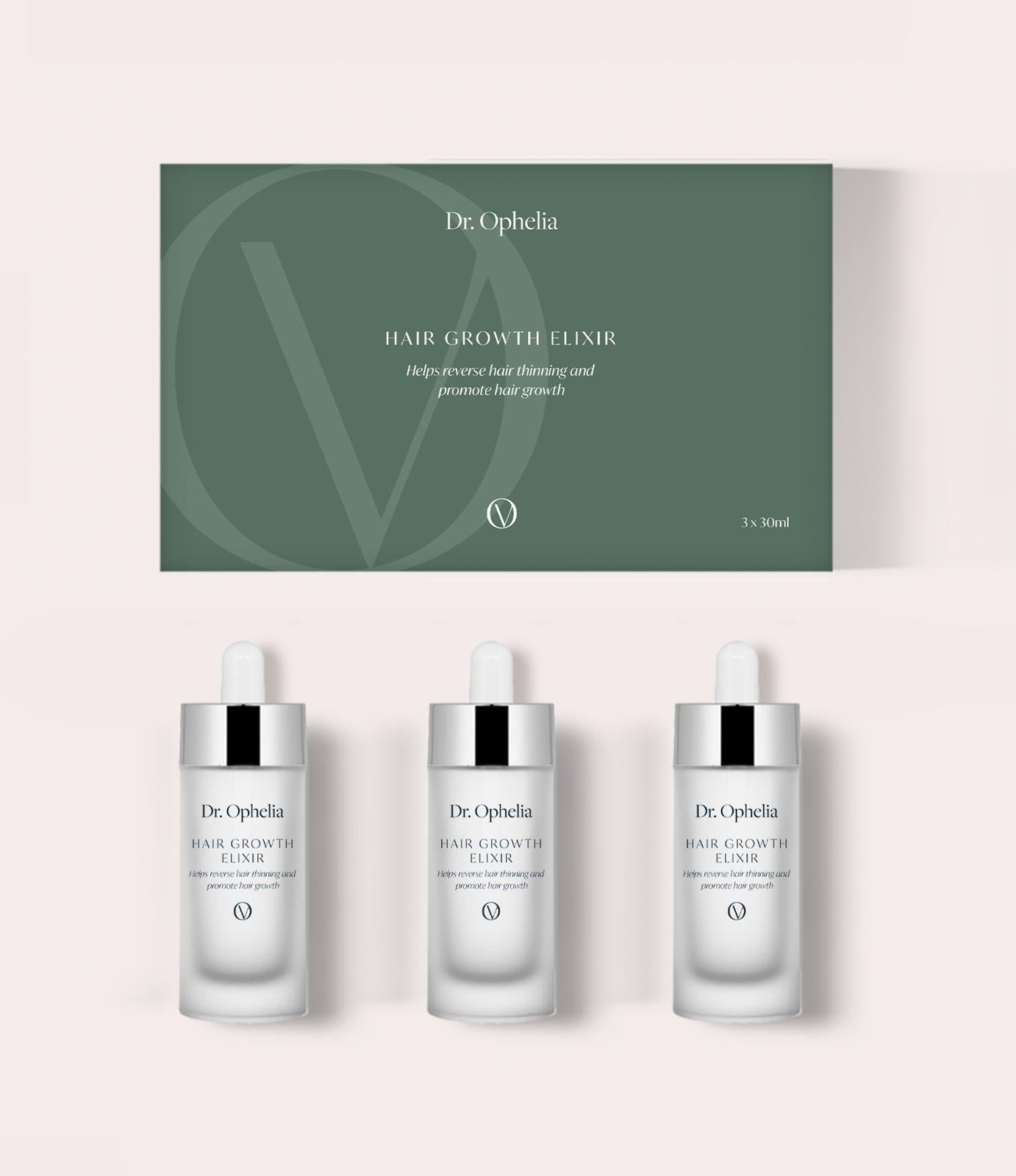
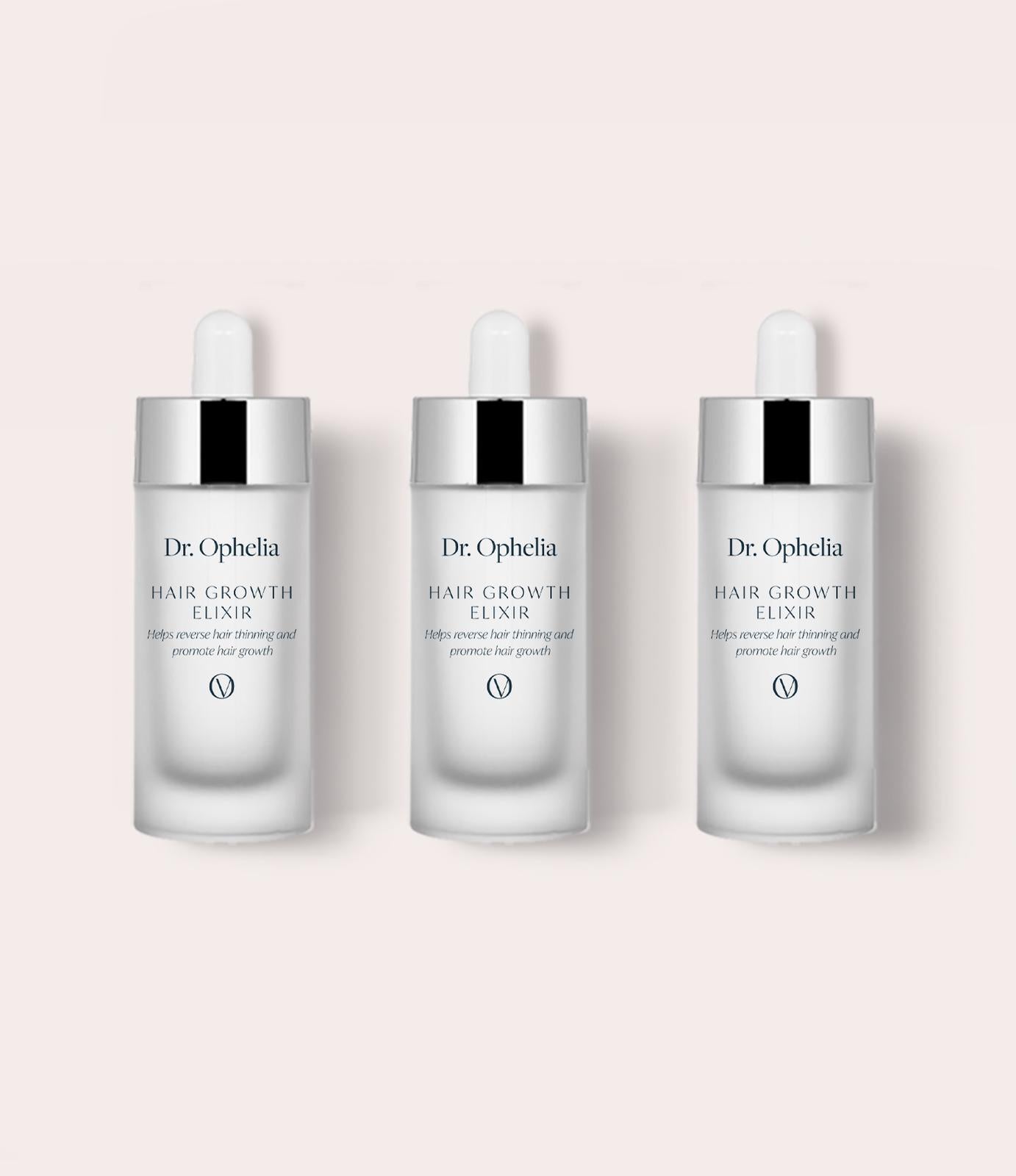
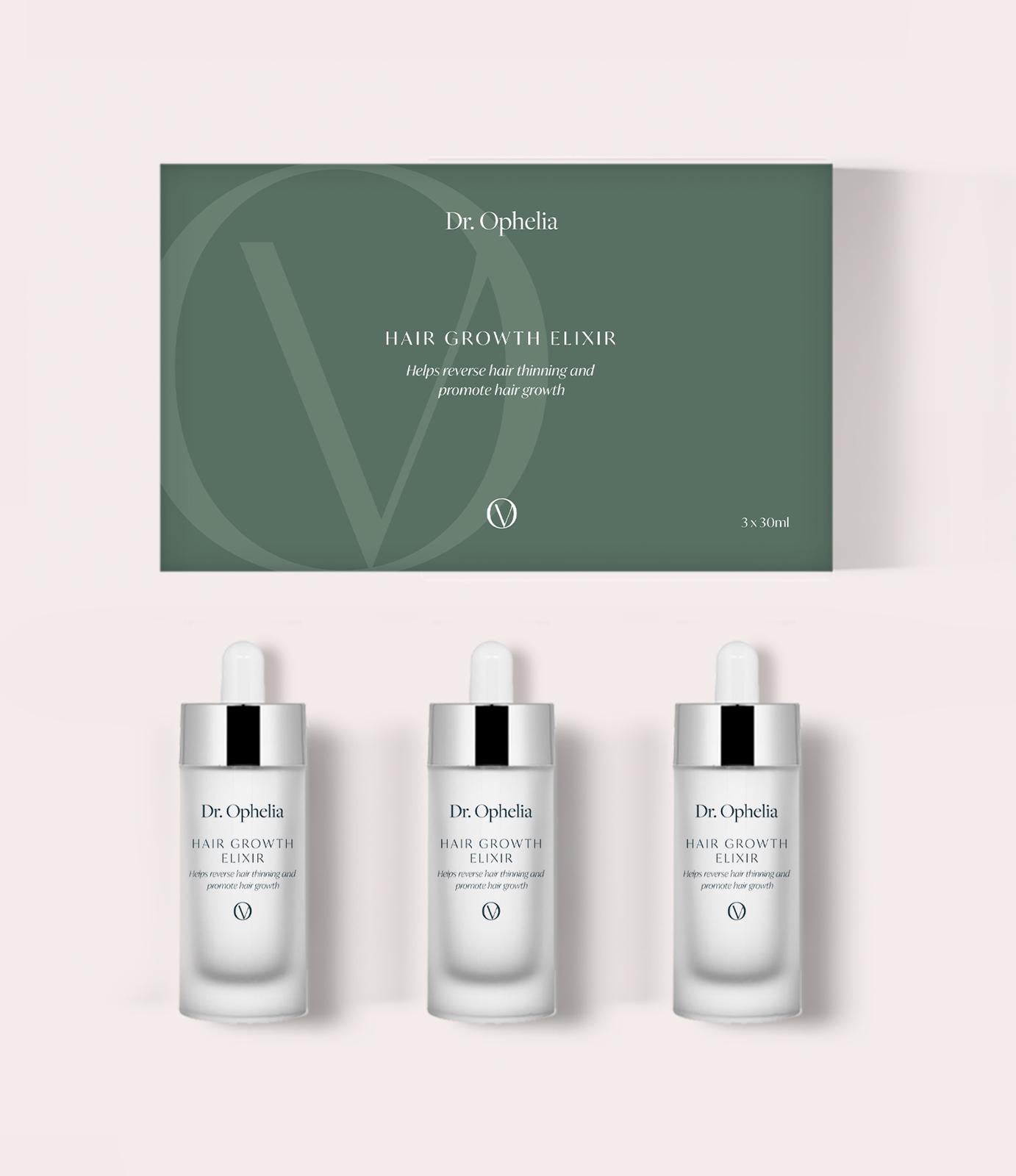
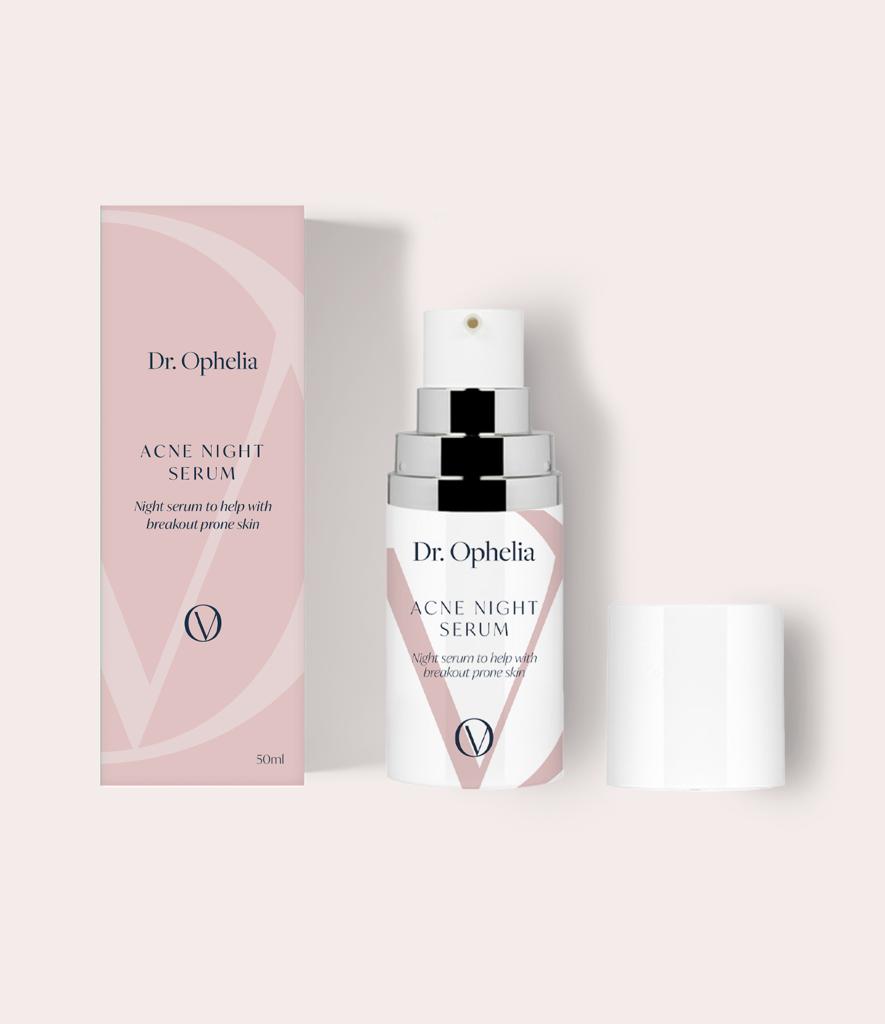
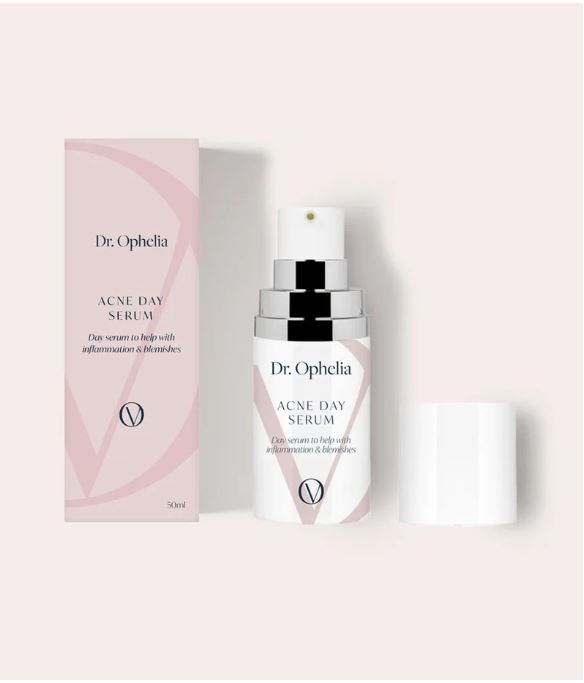
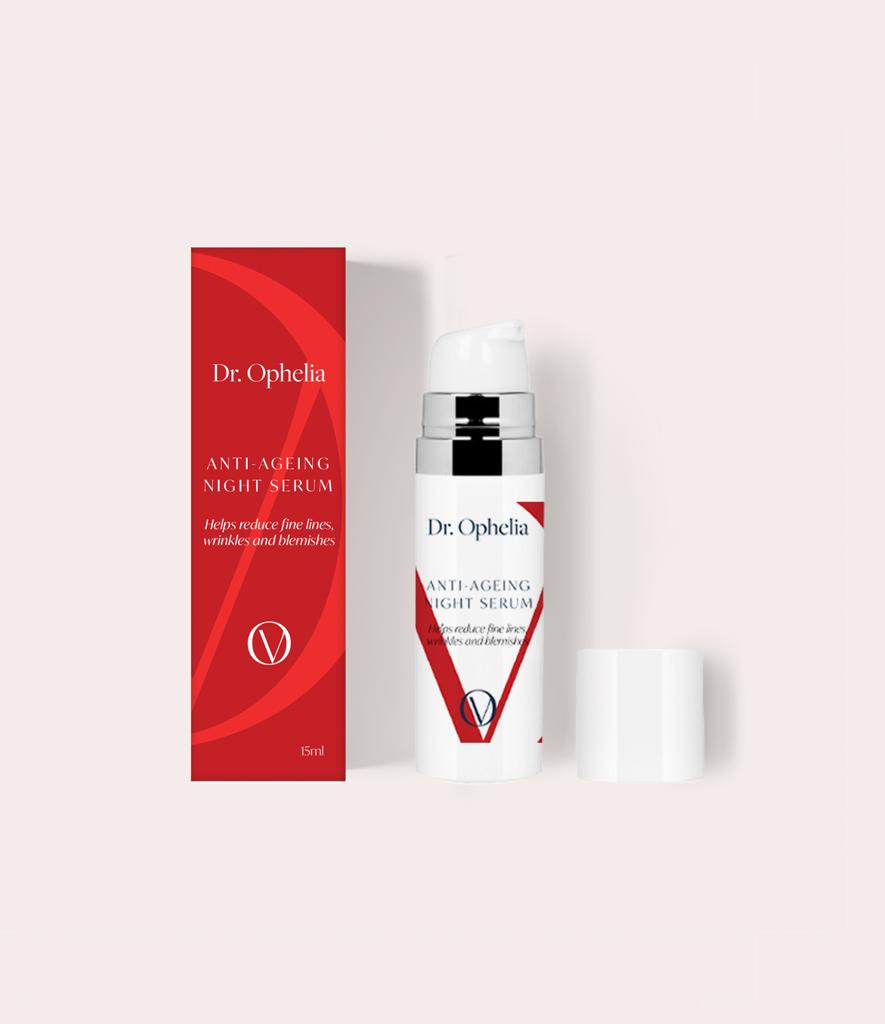
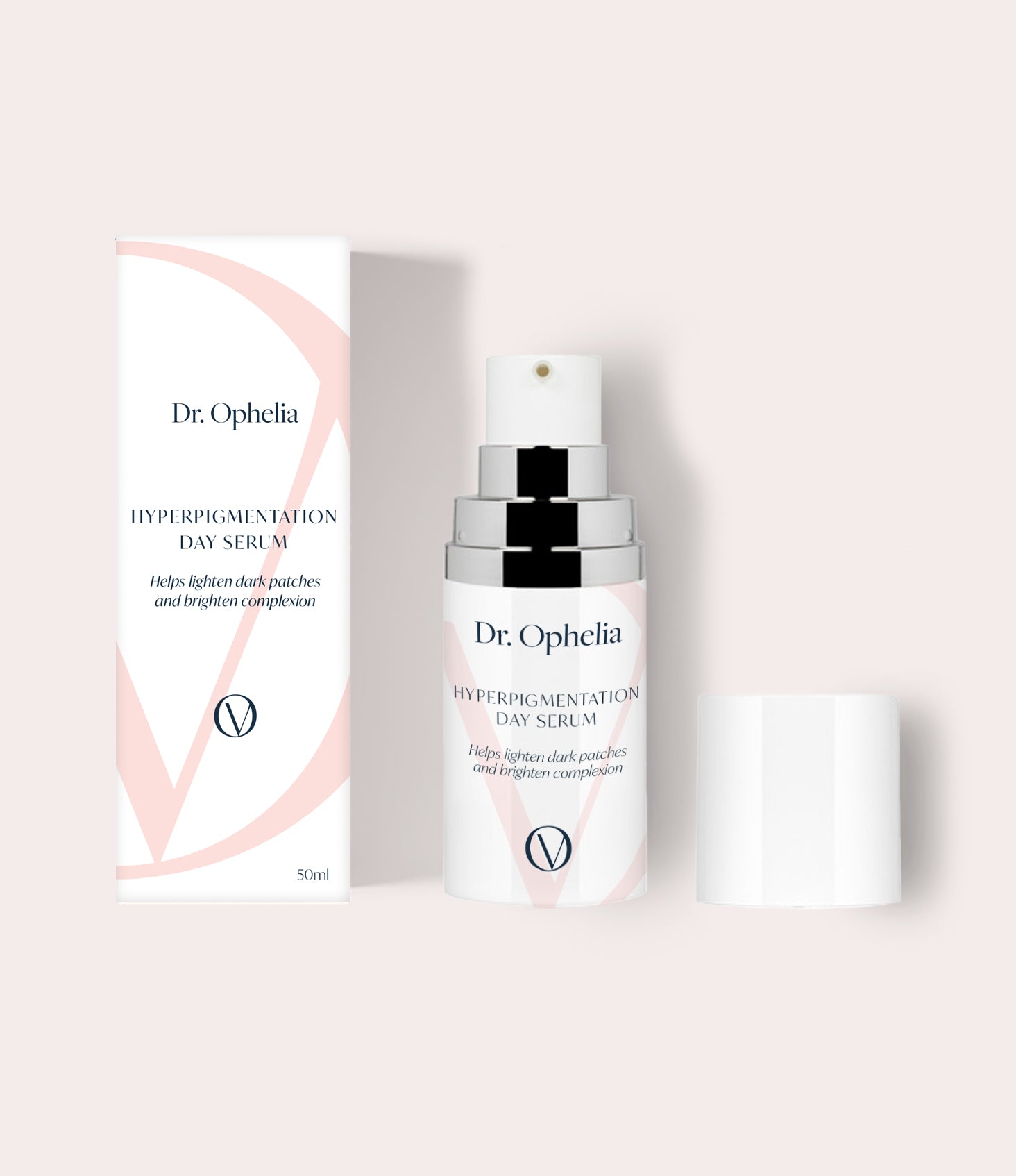
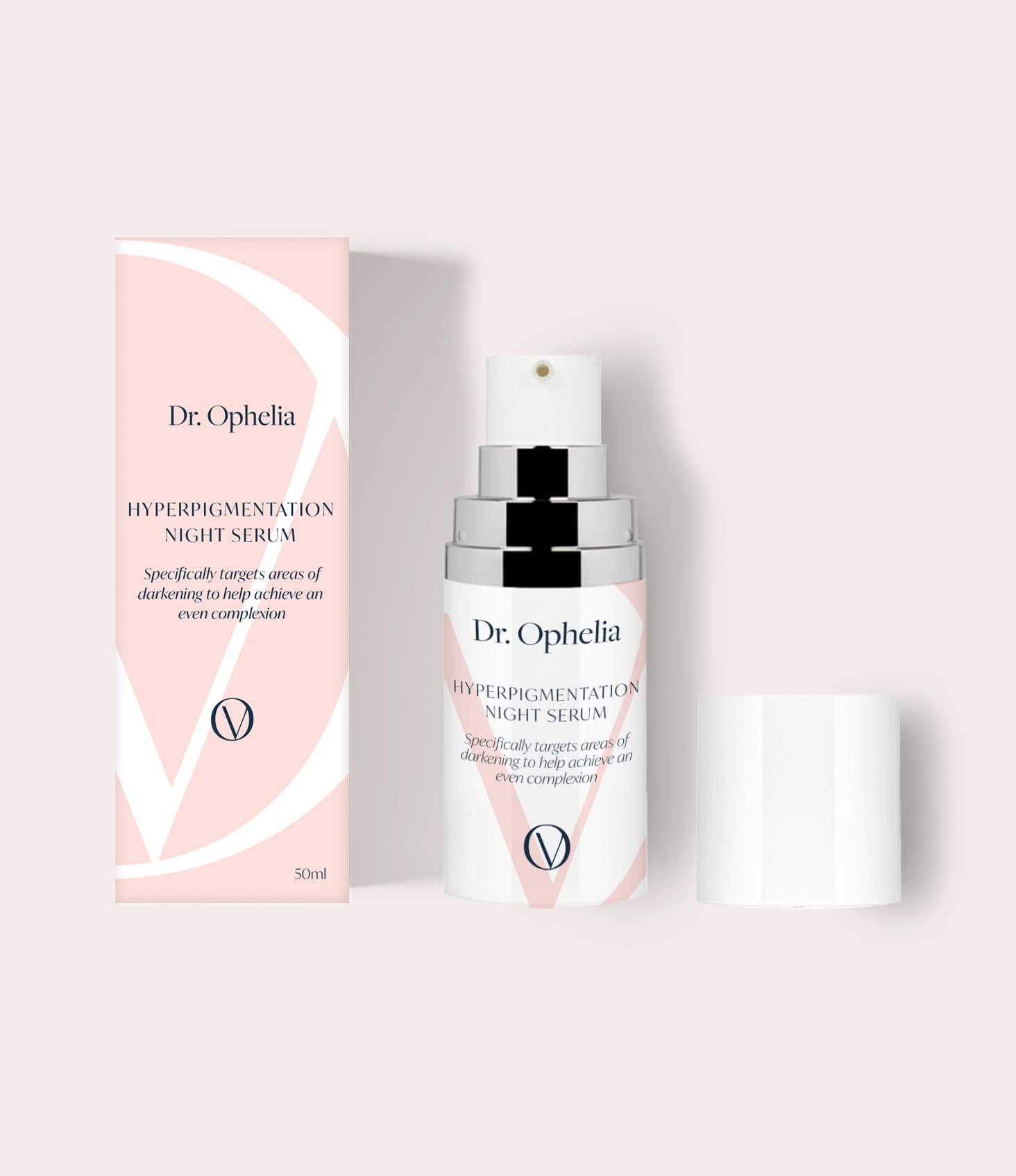
Leave a comment
This site is protected by hCaptcha and the hCaptcha Privacy Policy and Terms of Service apply.